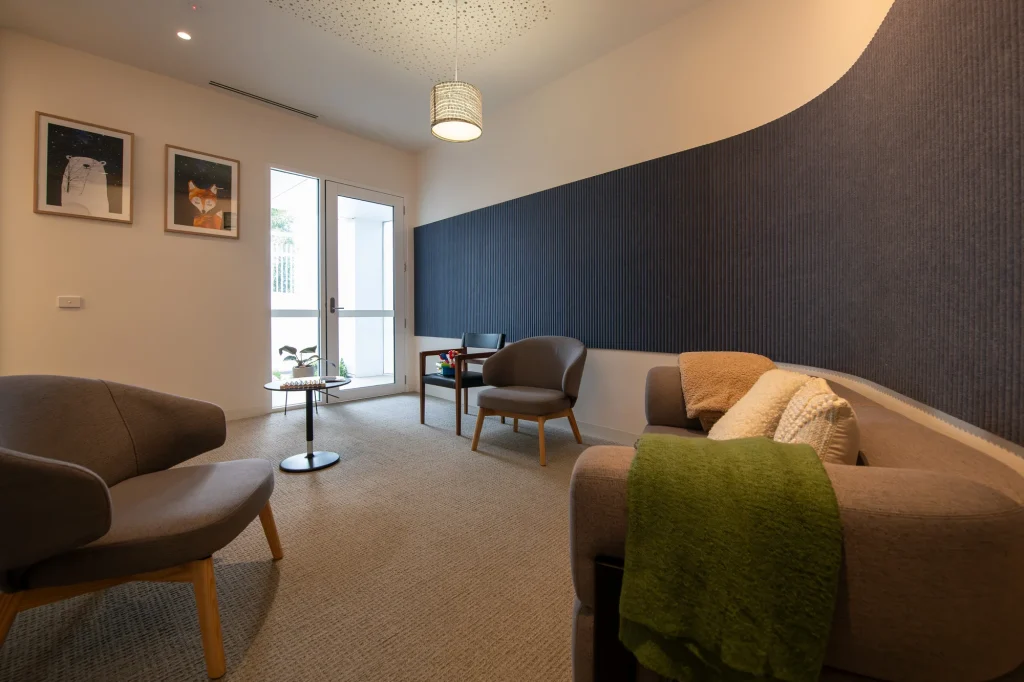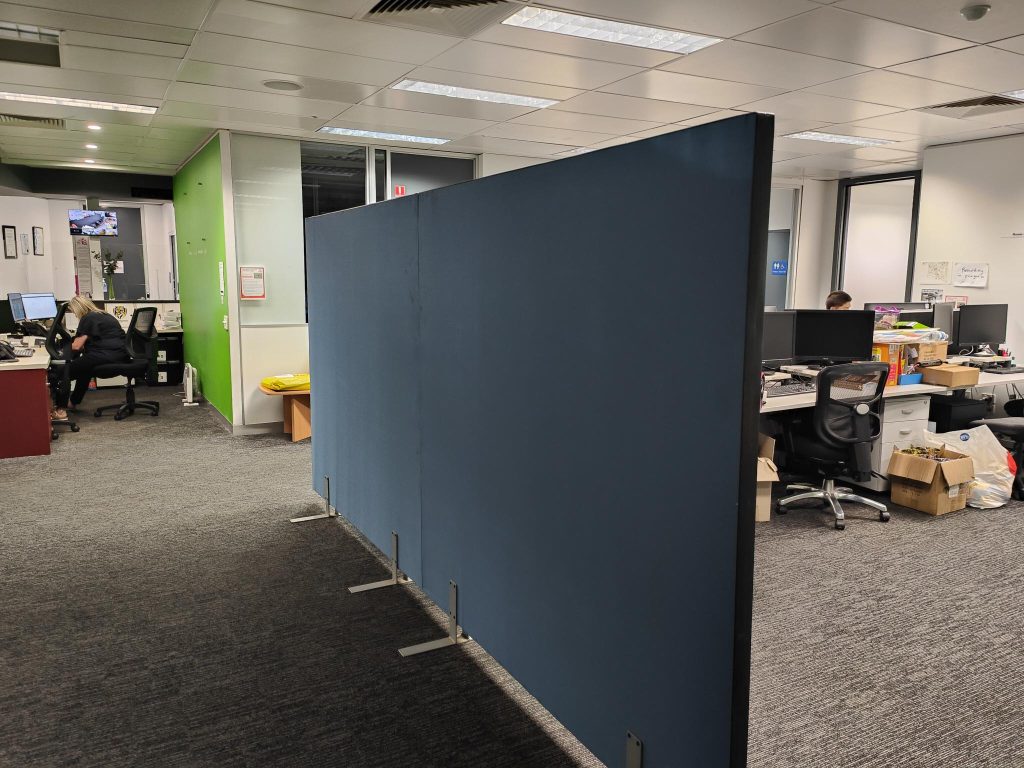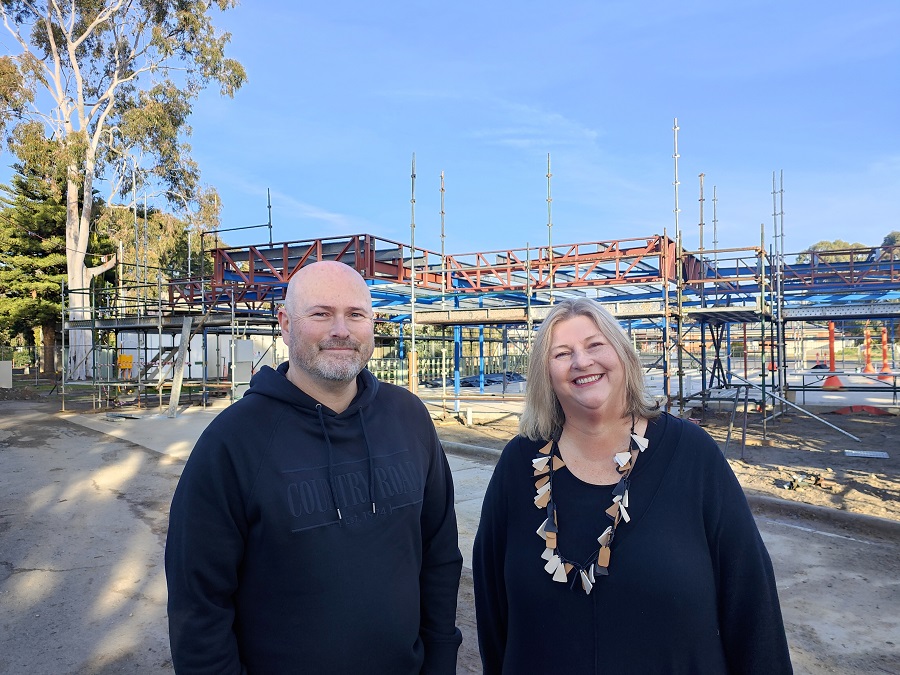Despite providing services to one in 10 Victorians, registered community health receives just 0.3 per cent of the Victorian Government’s $2 billion annual health infrastructure budget. That’s the finding of an independent report, released this week.
Infrastructure Victoria’s report shows a funding increase of just 1.5 to 3 per cent would allow community health organisations to expand services and, in turn, help cut hospital emergency department presentations.
Eaglehawk leads the way locally

The redevelopment of Bendigo Community Health Services’ flagship Eaglehawk site is the ideal case study for improving infrastructure to improve health and wellbeing.
The approximately $7 million project was funded by BCHS and the Victorian Government’s Health Infrastructure Fund. The new-look site opened to the public on August 4.
CEO Mandy Hutchinson said this major project showed community health services had the knowledge of what their communities needed, and the expertise to plan and manage big developments.
“Clients are describing the site as welcoming, dignified and safe, while staff feel equipped to provide the highest standard of care,” Mandy said.
“Similarly, our new Wanyanimbik Wayawan Alcohol and Other Drugs Wellness Centre (below) has become a space of healing and empowerment.

“These sites show what is possible when State Government partners with us to deliver infrastructure that embodies our values of dignity, respect and inclusion.
“Imagine what could be achieved if our Central and Kangaroo Flat sites reflected the same standard.”
A critical need for infrastructure that reflects values

Mandy said another $25 million was needed to fulfill the community health needs of Greater Bendigo.
“Both our central Bendigo (above) and Kangaroo Flat sites are tired, overcrowded, and compromise the privacy, dignity and safety of clients and staff,” Mandy said.
“We have run out of room for our corporate staff. We do not have enough clinical rooms to meet demand, or even accommodate our current number of clinicians.
“We need to refurbish and extend our Kangaroo Flat site, and re-fit or purchase a new central site to take us into the next 50 years of community health.
“We know what we need to improve services, and it starts with the infrastructure to expand.”
Community Health First advocate for all
The infrastructure report was thanks to the lobbying of Community Health First, which represents Victorian metropolitan, regional and rural community health services.
In a Community Health First media release, Chair Anna Robinson said with increased health infrastructure funds, services could future-proof for population growth.
She said 45 per cent of eligible Victorians missed out on accessing community health services over the last five years. And by 2036, demand in growth areas is expected to more than double.
“There is a clear need for sustained and strategic infrastructure funding,” Anna said.
“Community health is already delivering value – now we need the infrastructure to match.”
She said a strong community health sector meant fewer ambulance callouts, reduced emergency department strain, and a healthier population.
“An expanded community health sector could save the Victorian government upwards of $550 million in emergency department costs.”
Bendigo Community Health Services has welcomed the report findings, in the expectation it will lead to more projects like Eaglehawk being realised in Bendigo and across the state.
Pictured above: BCHS Fleet & Facilities Senior Leader Sean and CEO Mandy at the Eaglehawk construction site in late 2024.







